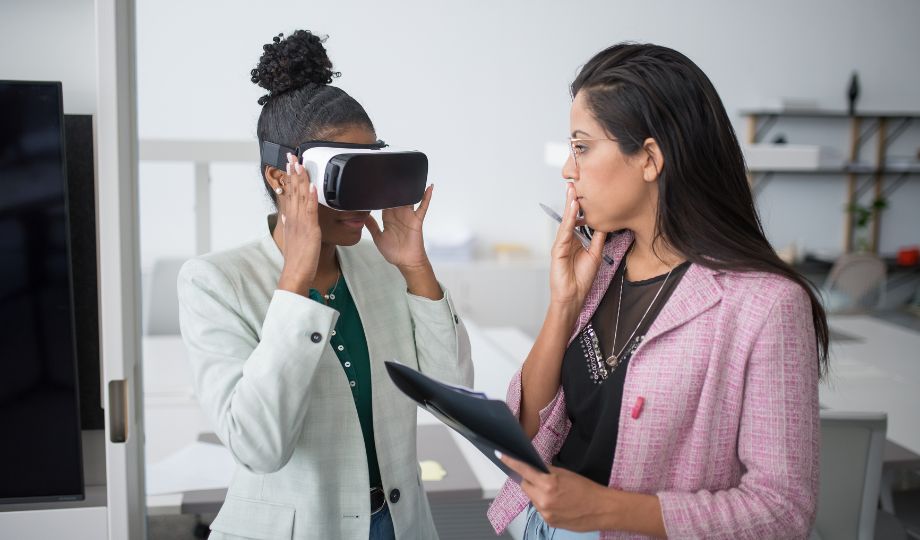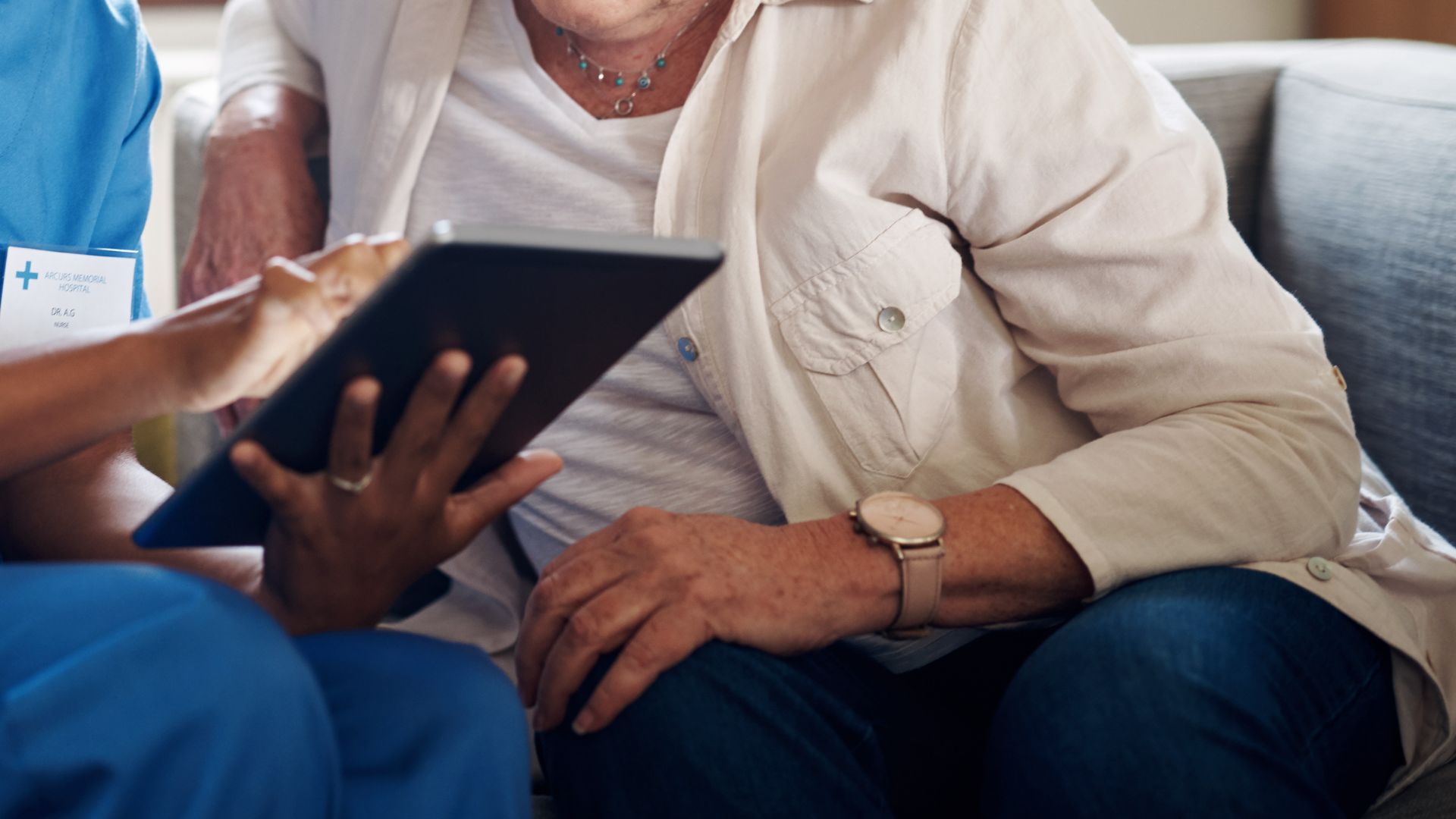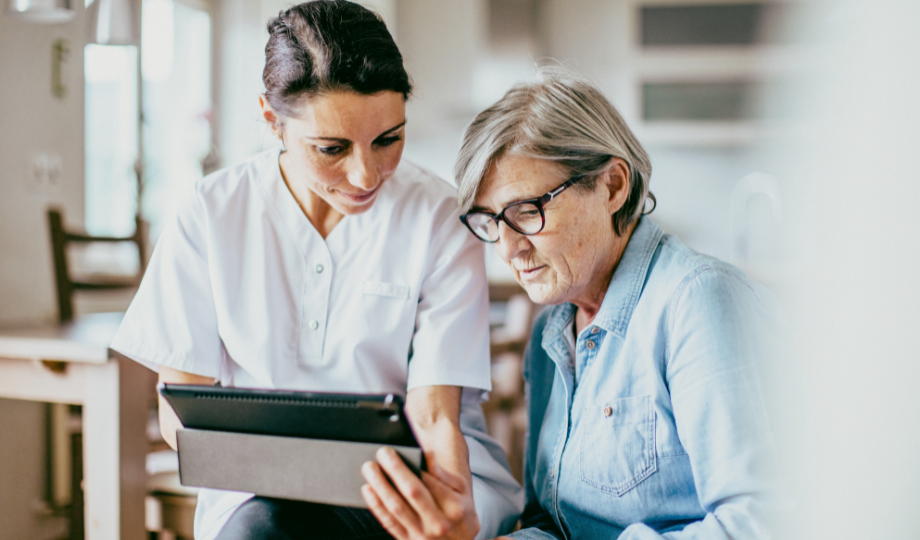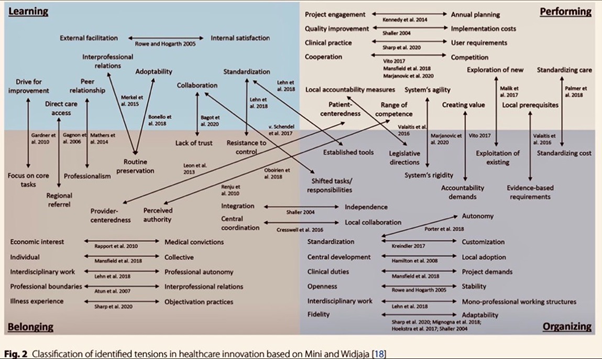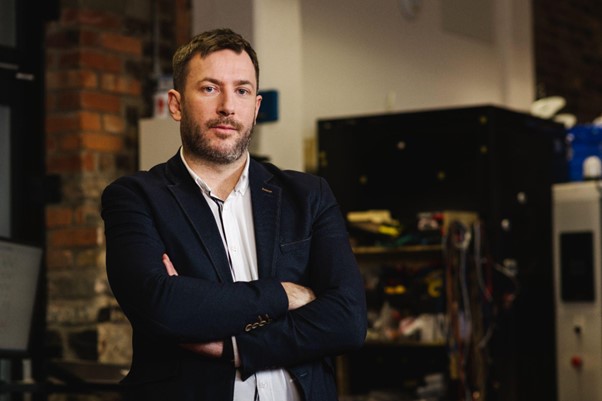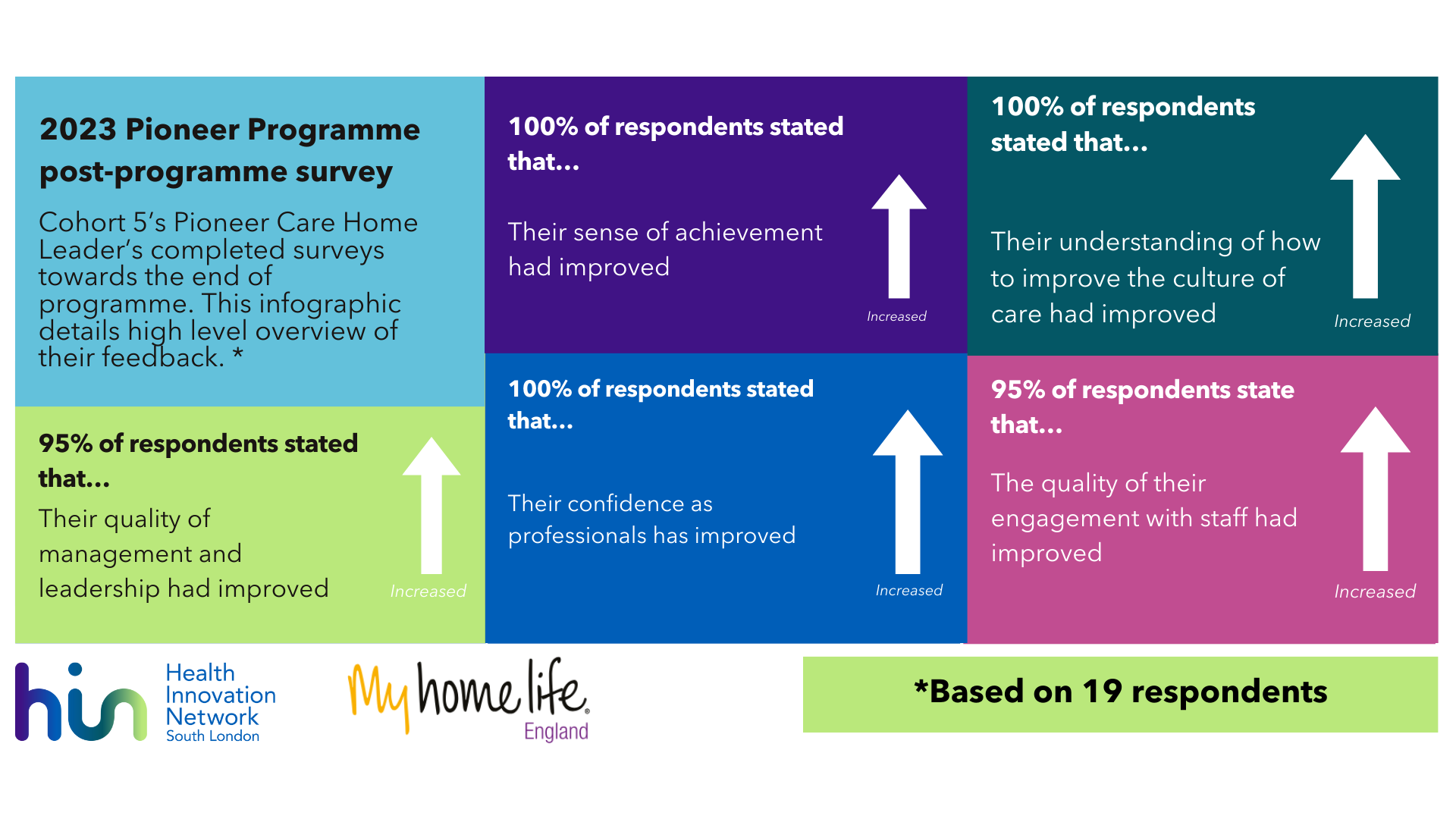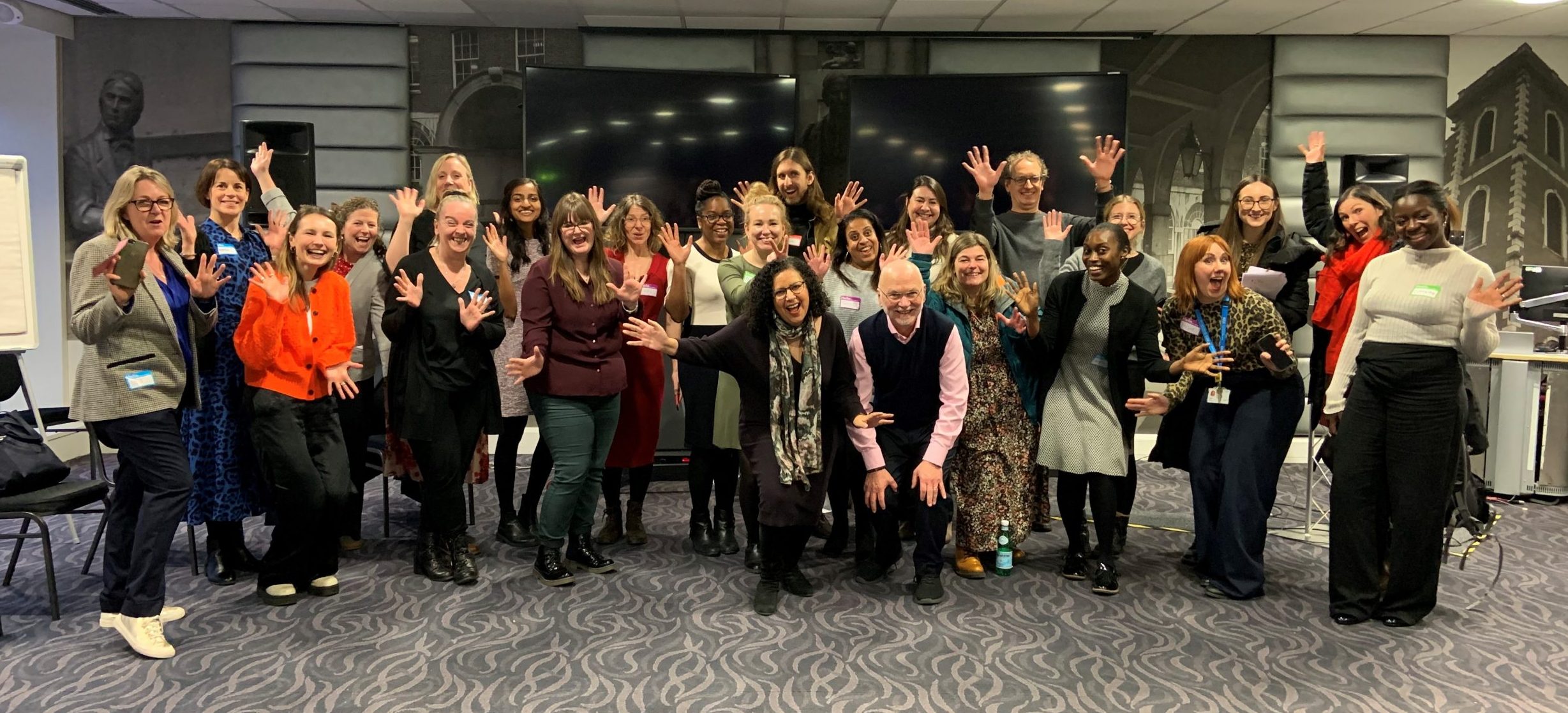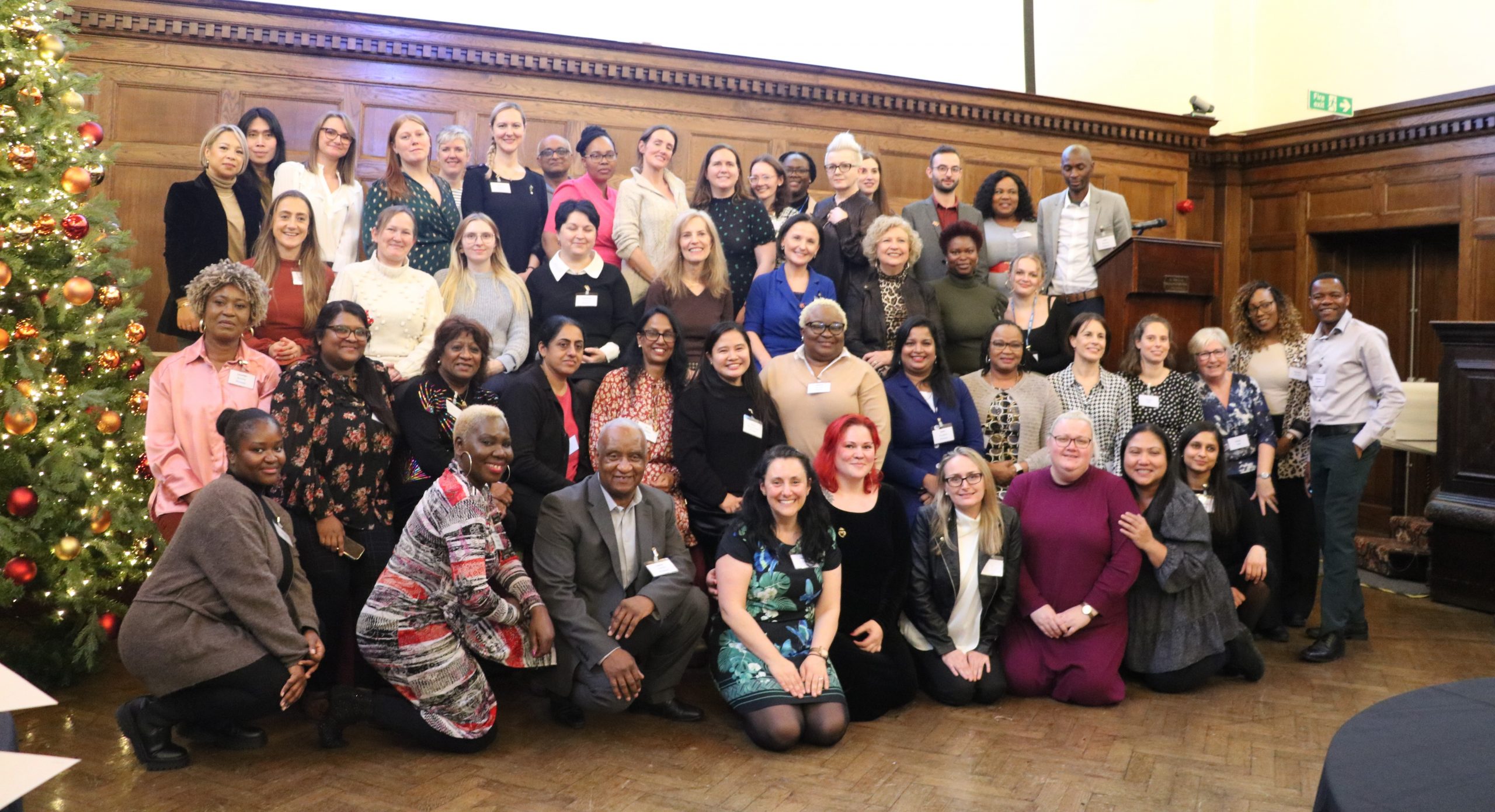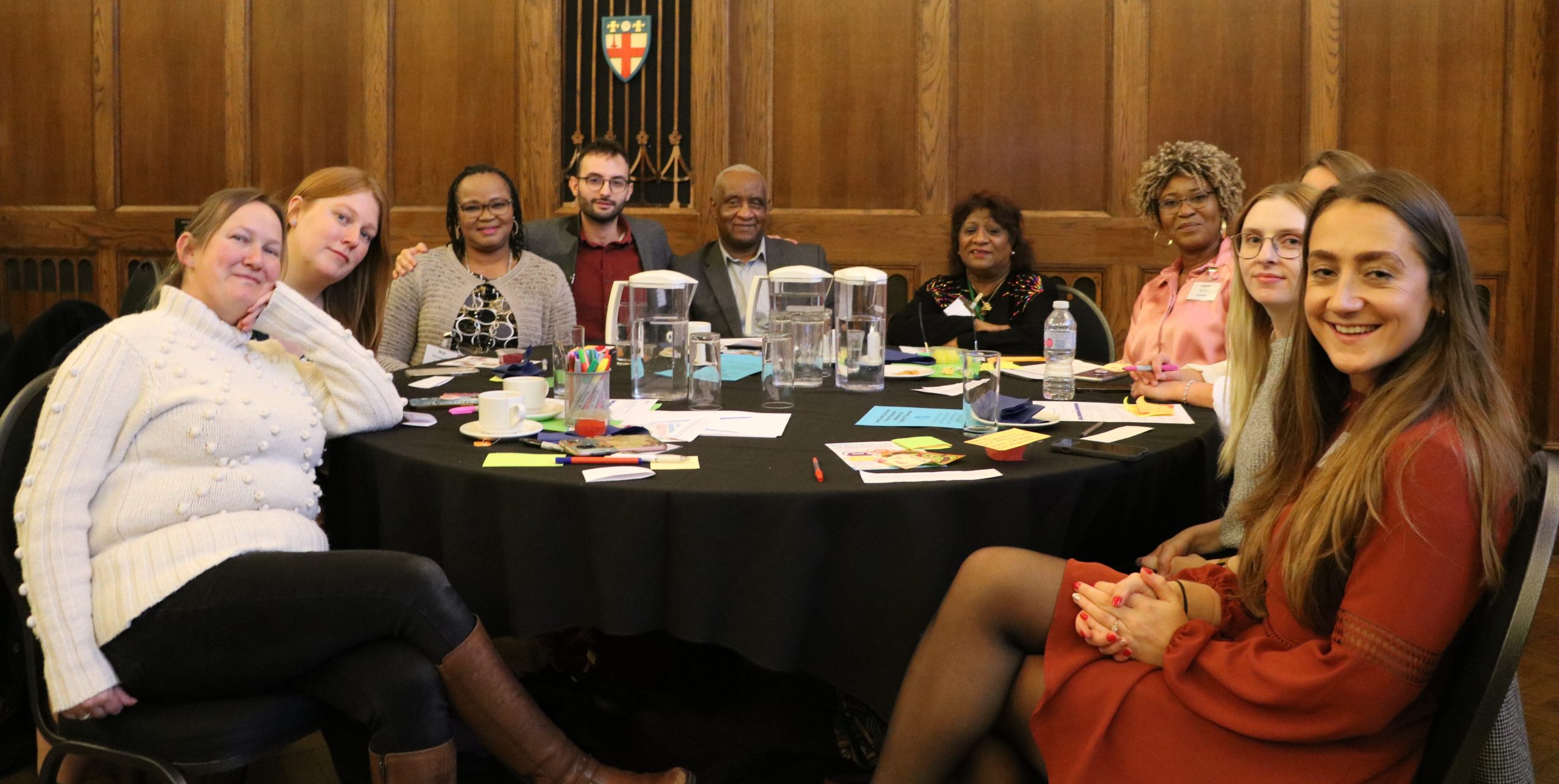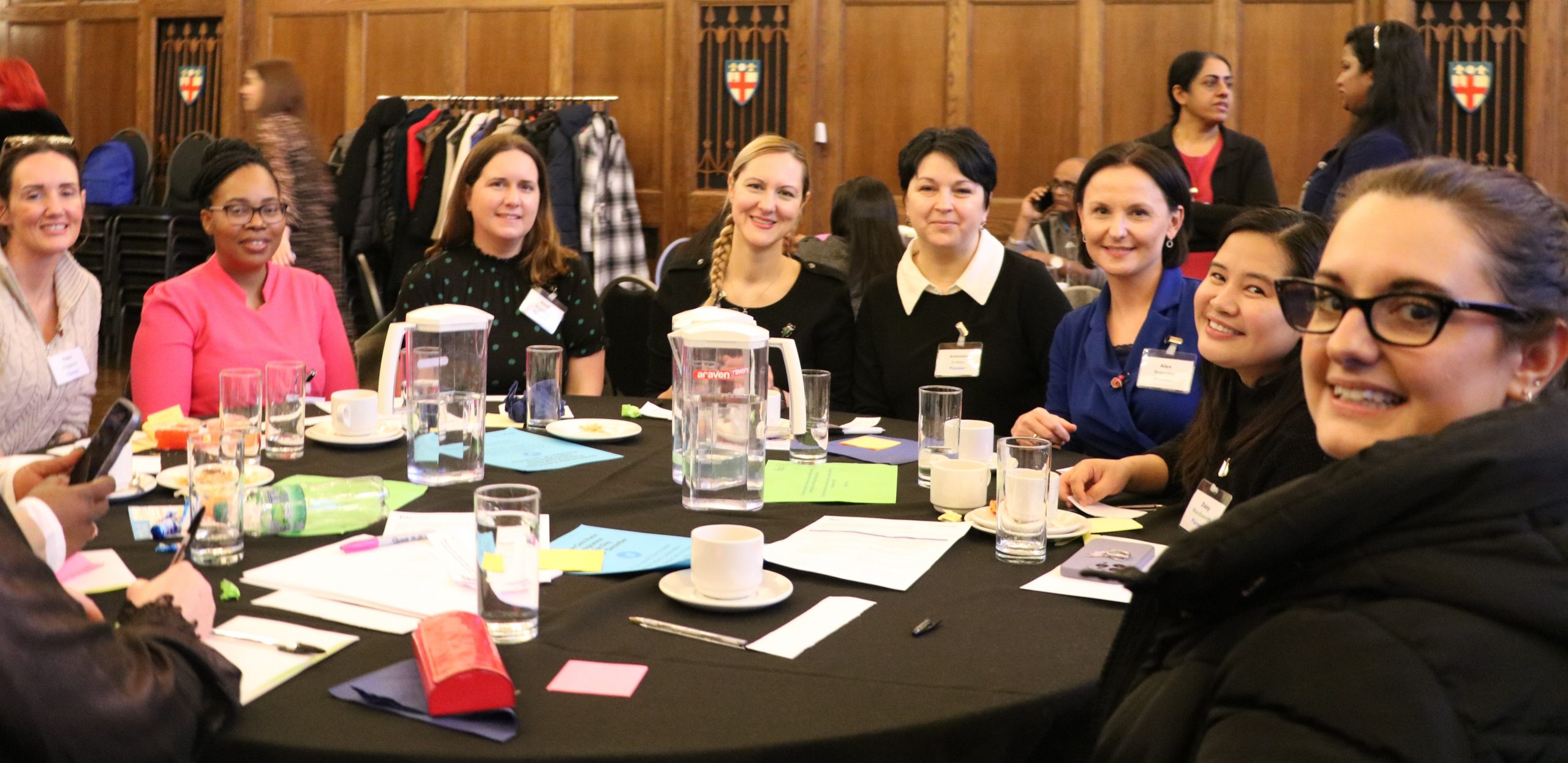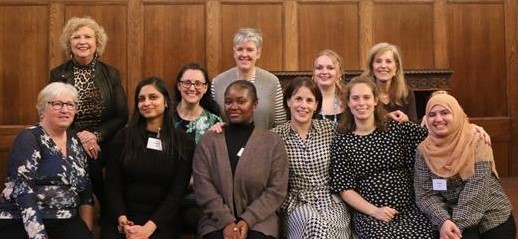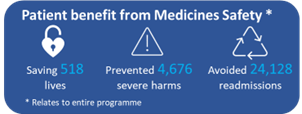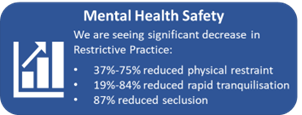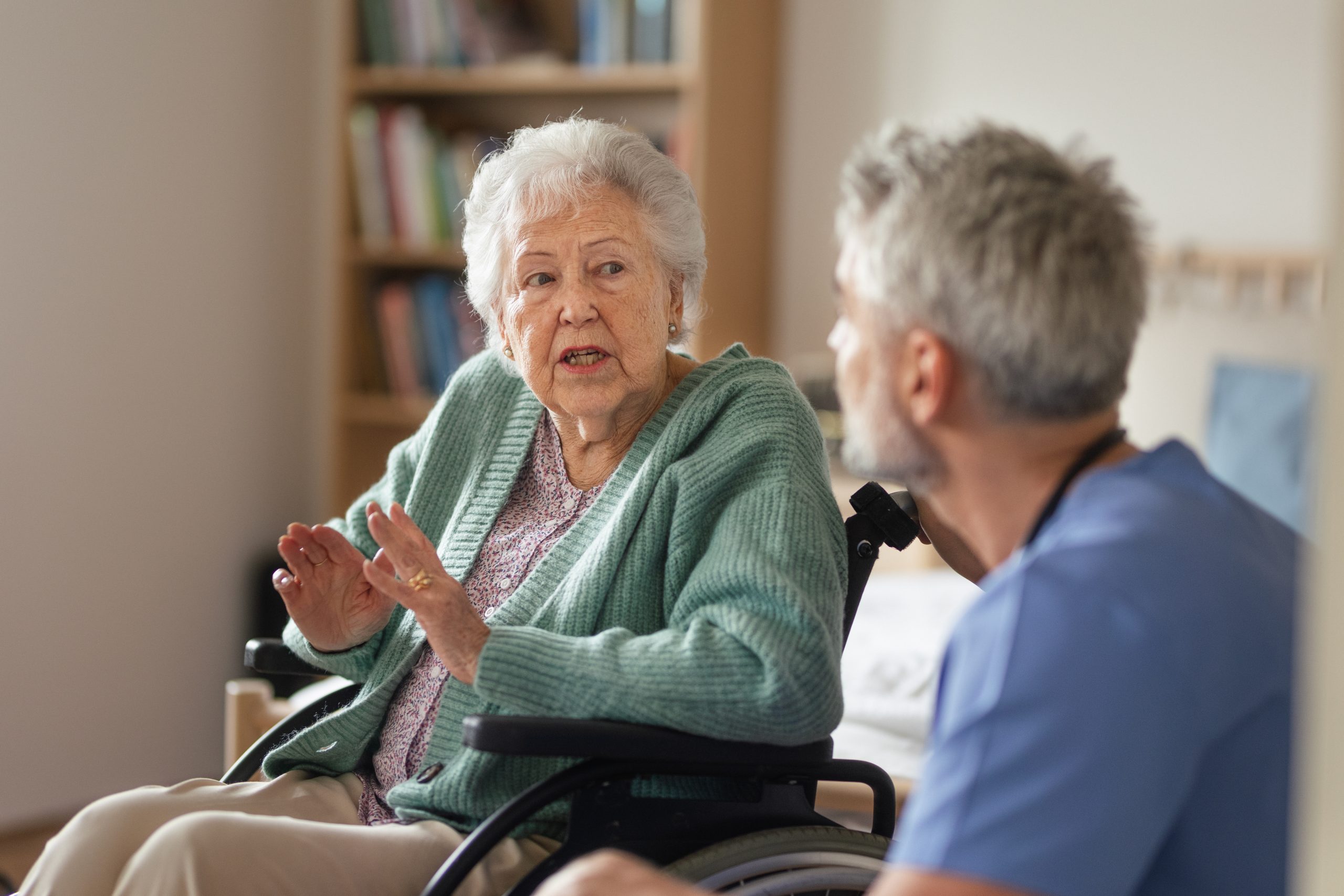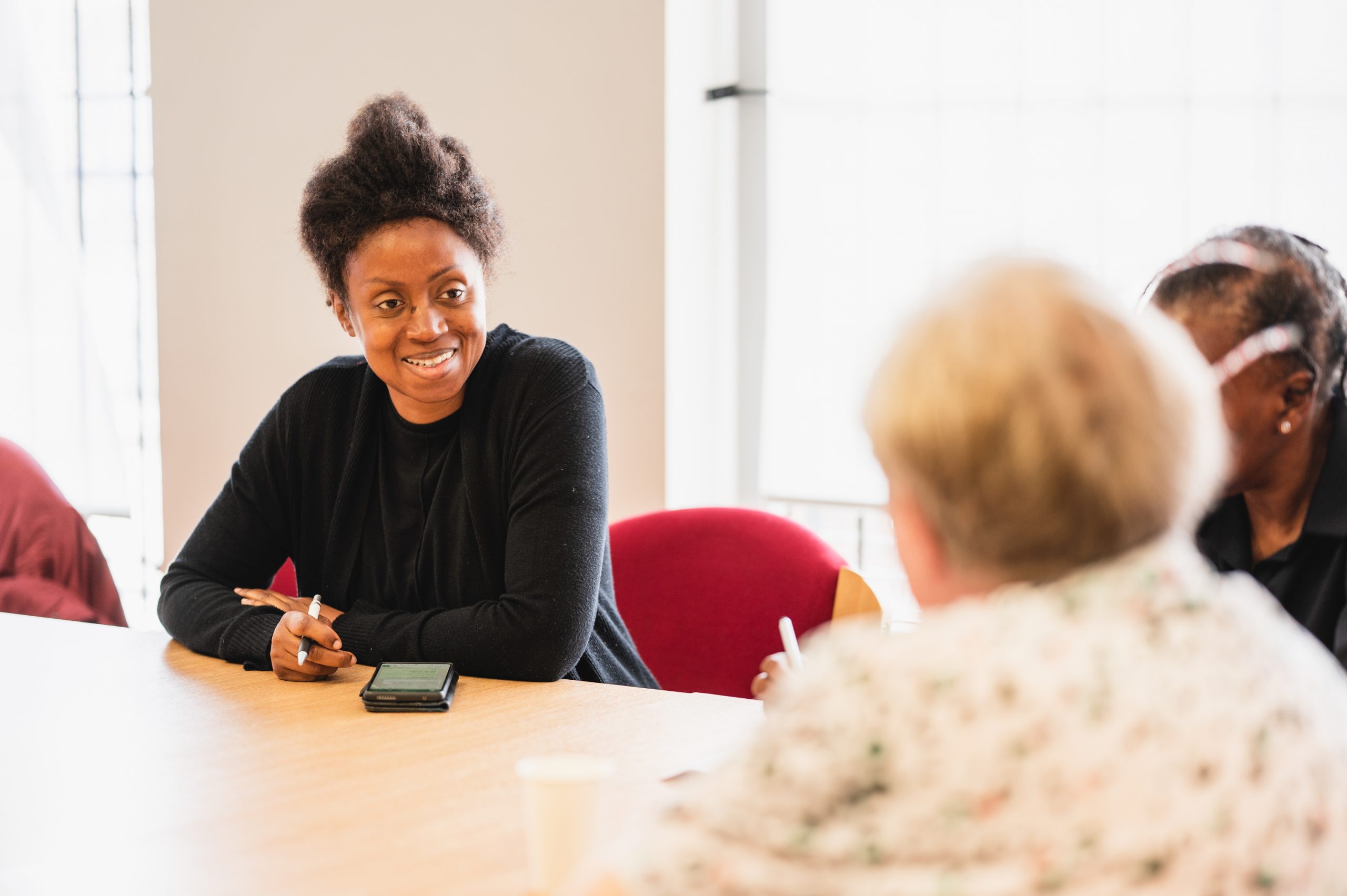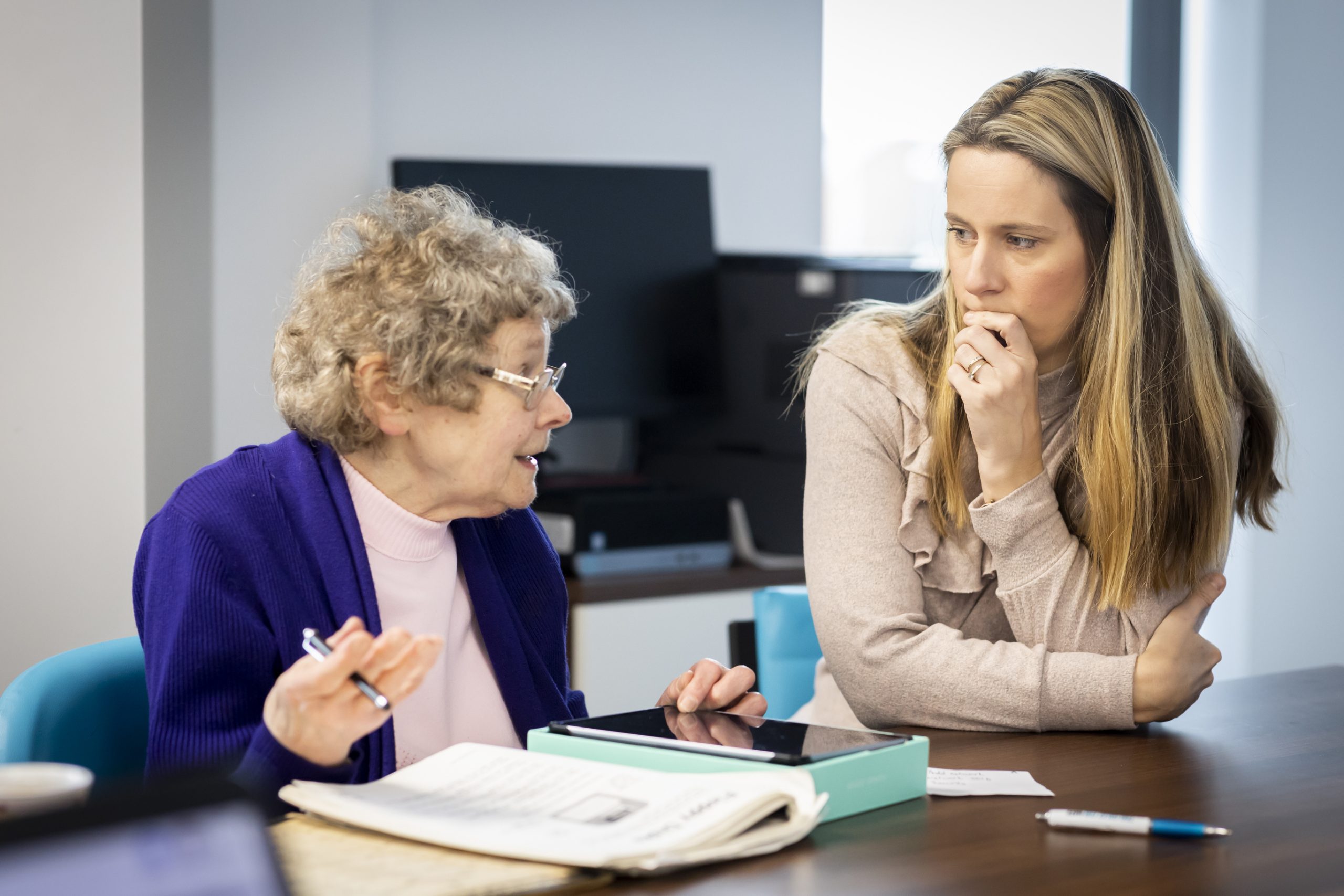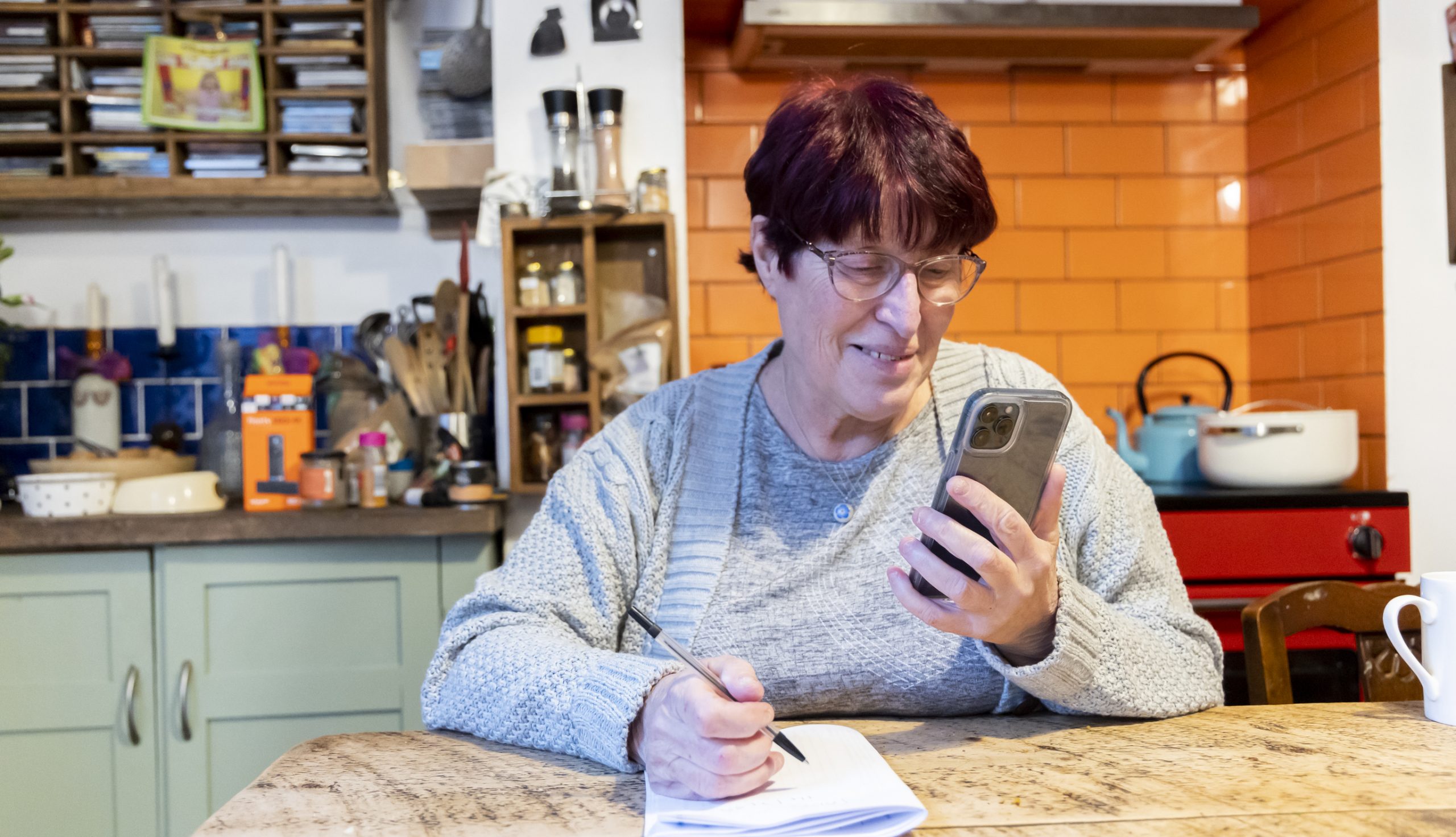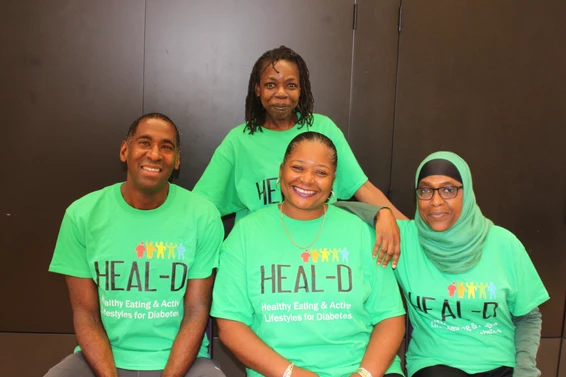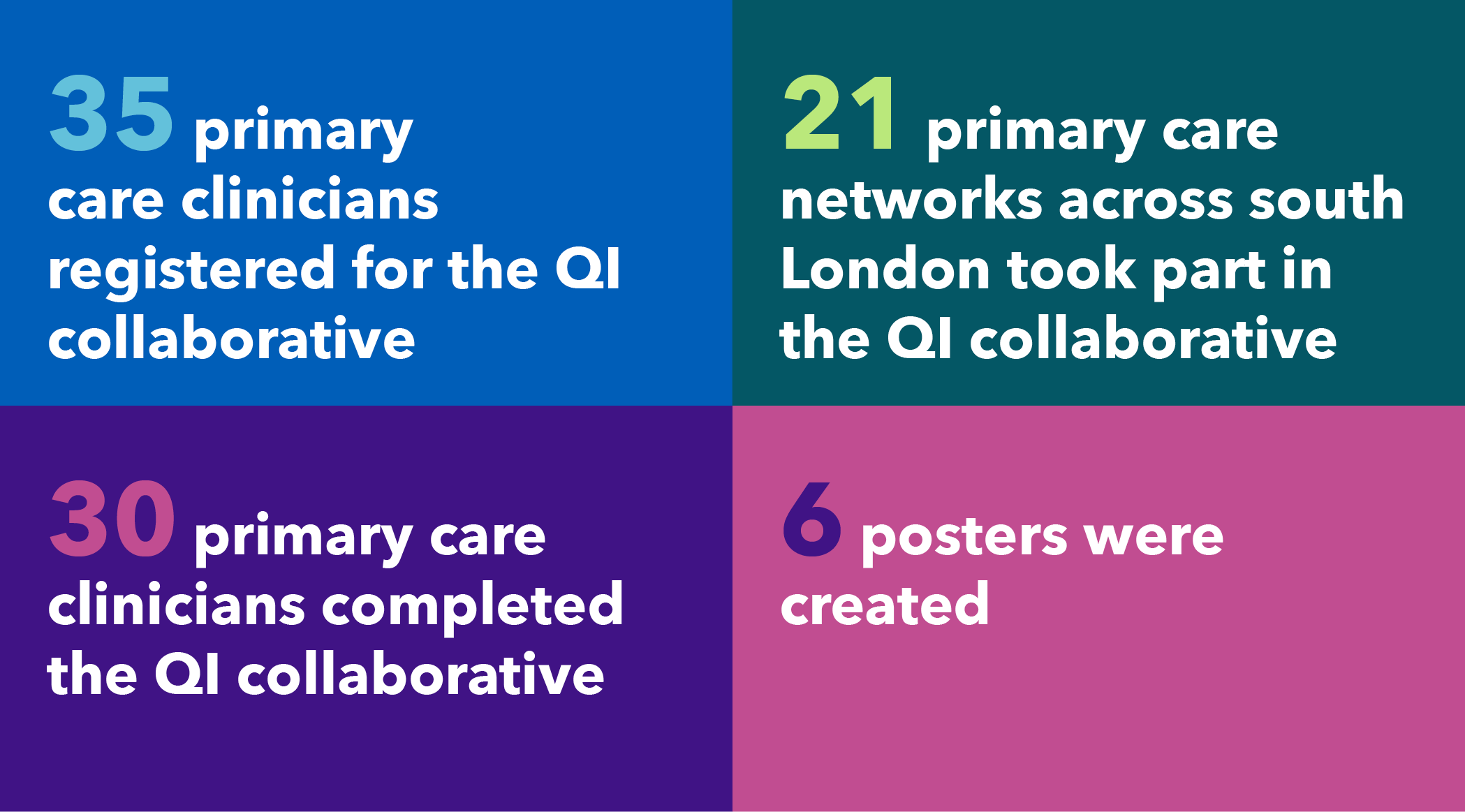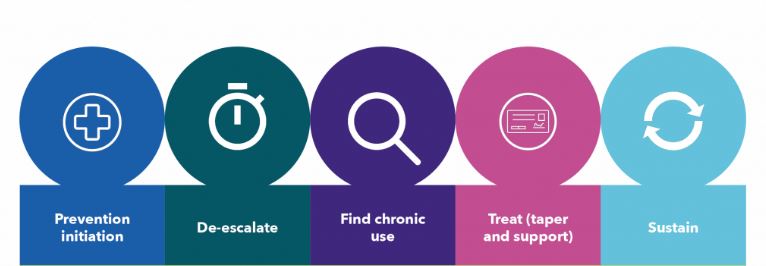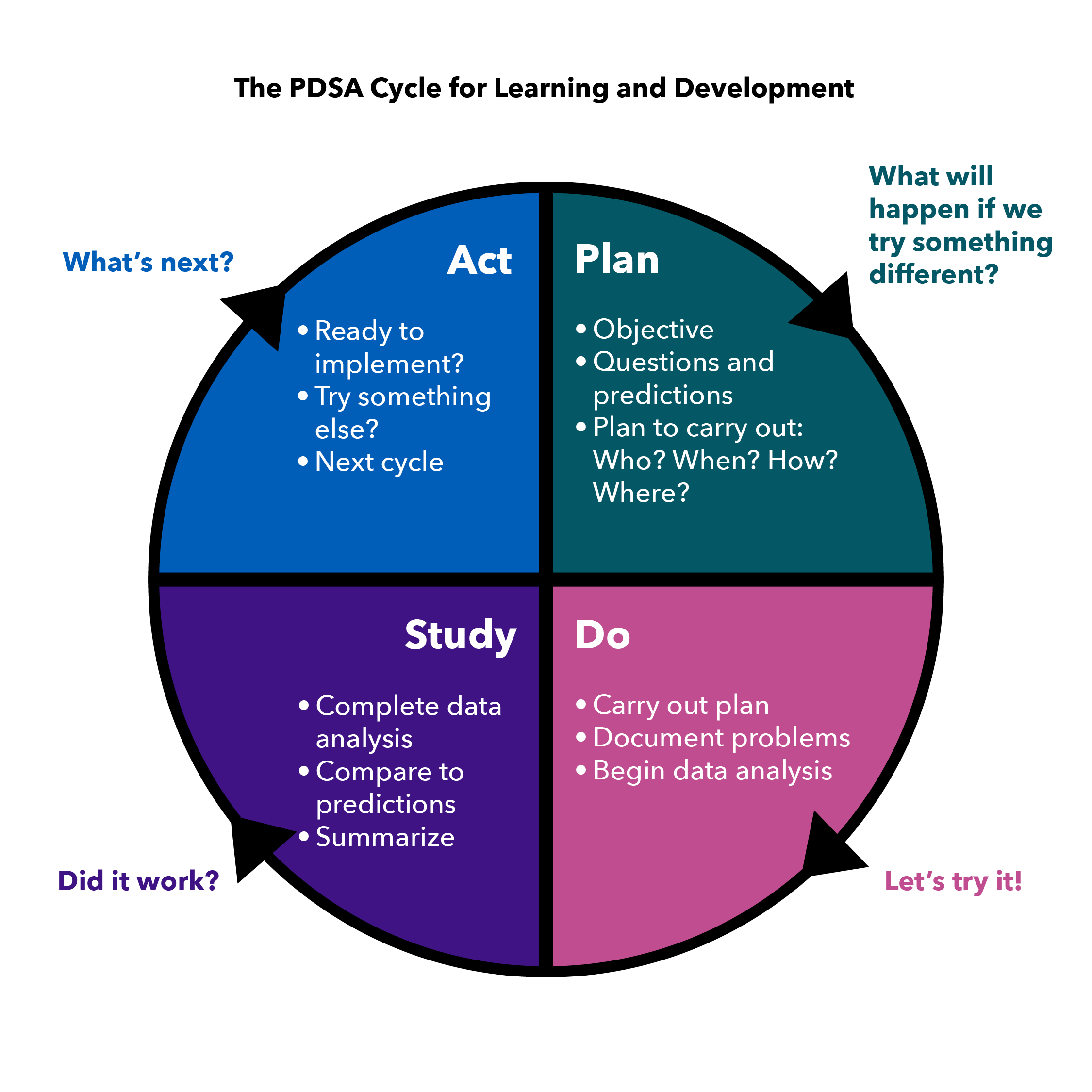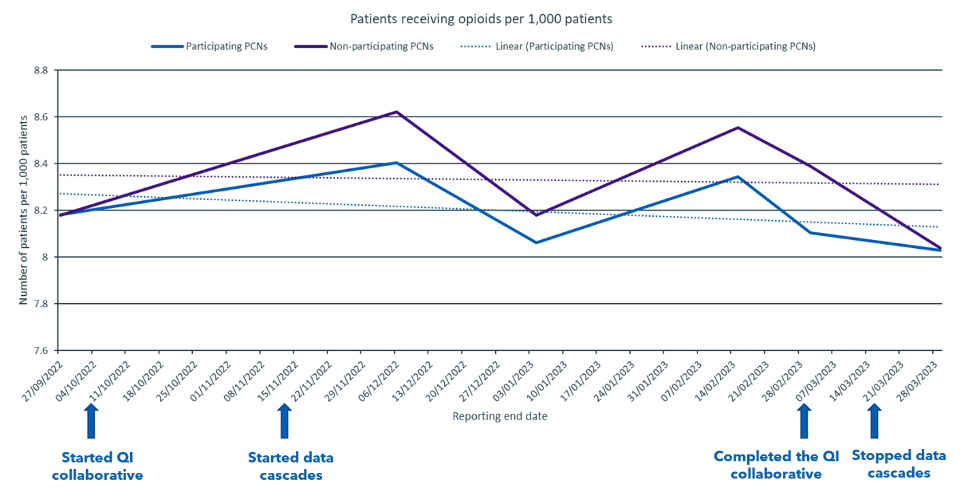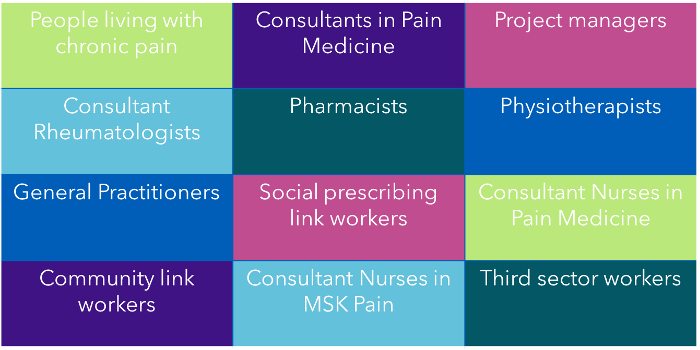The Health Innovation Network (HIN) South London and UKRI recently announced a multi-year innovator support programme focused on immersive therapeutics for mental health. We are excited to introduce the second round of companies joining the Mindset-XR Innovation Support Programme. These projects will receive our support as part of this initiative.
Below you can find out more about the companies we're supporting for this round:
Product name - StayingWell XR

Millions of people in the UK are affected by mental health conditions such as bipolar disorder (BD), psychosis, depression, and anxiety disorders, which significantly impact their lives and those of their caregivers. Relapse prevention is crucial for individuals in remission, supported by interventions like "Staying Well Plans."
StayingWell XR is a mixed reality (MR) application that empowers service users to explore and identify signs of potential relapse in conditions like BD, psychosis, or depression. A completed feasibility study has produced operational software that combines MR with a desktop interface, allowing users to select relevant symptoms and express them in the MR headset while working with their therapist to explore their "relapse signatures."

Ascentys Ltd.'s research demonstrates how a simple online VR-based videogame could serve as an inexpensive, easy-to-use digital therapy for depression in younger individuals aged 13 to 18. This innovative project introduces a different treatment approach that leverages virtual reality to provide a therapeutic experience potentially more effective and efficient than existing options like antidepressant medication and cognitive-behavioural therapy.
The game aims to enhance accessibility, particularly for young people who are traditionally hesitant to seek help, such as those from BAME backgrounds. Furthermore, it presents an opportunity for significant global impact, as this UK-developed, world-first solution could transform the depression care pathway not just for children but for all affected individuals, establishing a new standard in mental health treatment.
Awen Emotions - VR for personalized anxiety management using biometric data and algorithmic design and model manipulation

Conventional anxiety treatments often fall short, with many patients showing resistance to medication and experiencing unfavourable side effects. The 'VR for Personalised Anxiety Management' project, a collaboration between Awen, King's College London, and UCL, aims to address the widespread issue of anxiety through personalised, VR-based therapy.
Awen's XR solution has already shown promising outcomes, particularly building on initial success from an addiction clinic in Scotland. This approach customises mental health interventions, creating experiences specifically designed to reduce stress and anxiety based on individual responses.

In the last decade, diagnosable mental health conditions such as depression and anxiety have been on the rise, worsened by the social isolation caused by the COVID-19 pandemic. With 70% of young people in the UK lacking access to evidence-based treatment, BfB Labs is addressing this unmet need through a next-generation digital therapeutic innovation.
This solution combines immersive mobile gaming, an evidence-based cognitive behavioural therapy (CBT) approach, and real-time data monitoring to engage adolescents and improve treatment adherence. The innovation is poised to significantly benefit the NHS, offering more young people access to effective, lower-cost mental health care.
Depict VR - A virtual reality intervention to help young people who hear voices

Over one million young people (12%) in the UK experience hearing voices, and many carry this condition into adulthood. Depict VR offers an accessible and cost-effective virtual reality (VR) psychological therapy designed to help these young people reframe their experience of hearing voices.
It encourages the creation of a coherent narrative, stimulates new lines of communication, and builds confidence in forming relationships. By combining two proven therapies—narrative therapy and family therapy—into an immersive VR environment, Depict VR seeks to normalise hearing voices and reduce stigma. The tool is inexpensive, easily available, and aims to support young voice-hearers as early as possible.
The mental health workforce faces severe shortages, high stress, and burnout, which negatively impact employee well-being, patient care, and staff retention. In collaboration with ExR and the University of Plymouth, this project aims to support healthcare professionals by:
- Co-developing and testing Extended Reality (XR) interventions to reduce workplace stress
- Burnout in community mental health teams.
Grounded in behavioural theory and informed by workforce input, these XR interventions are designed to enhance staff well-being and improve the quality of care provided.
FinIQ™ - Building Psychological Readiness for Credit through XR games
Financial education has been shown to not only relieve financial anxiety but also improve confidence in money management and enhance financial capability. However, those with low financial well-being are more likely to experience mental health issues, which can worsen their financial situation.
To address this, Good With has developed the FinIQ™ financial psycho-educational pathway, offering young adults a gamified financial education experience based on Cognitive Behavioural Therapy (CBT) principles. This approach helps reduce financial anxiety, build confidence, and improve financial capability in young adults through an engaging, game-based platform.
Holographic Telepsychiatry: a Novel Medium, Device and Platform for Improved Therapeutic Outcomes
Since the pandemic, telepsychiatry has become a routine method for remotely performing many standard psychiatric functions, initially delivered through consumer video conferencing applications to maintain social distancing. Its use grew significantly throughout 2021. Project Ulysses is developing a bespoke holographic telepsychiatry platform, designed specifically for psychiatric care.
This innovative platform uses volumetric video streaming to provide high-resolution holographic video communication, allowing clinicians and patients to build a stronger therapeutic alliance by overcoming the limitations of 2D screens. This approach aims to support all users, including digital-native young people with mild mental health conditions, by enhancing their engagement during remote therapy sessions.
Around 1 in 4 UK adults experiences mental health problems, with conditions like depression and anxiety being the most common. Yet, three-quarters of people with mental health issues in the UK receive no mental healthcare support.
LifePathXR is an XR therapeutic tool, co-designed with people who have lived experience of mental health challenges. It allows users to create and experience an immersive version of their life journey to enhance well-being and mental health. This virtual reality tool provides a personalised approach to therapy, enabling users to engage in therapeutic work from the comfort of their homes.
Tatvika - An Immersive VR Platform for Digital Therapeutics and Cognitive Training
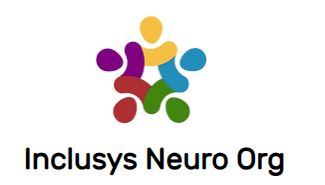
The elderly population in the UK often faces psychological and neurological challenges, such as dementia, depression, and social isolation. This can not only reduce quality of life but also place a significant strain on healthcare services. Tatvika offers a pioneering solution by leveraging the convergence of neuroscience, psychology, and virtual reality (VR) to revolutionise senior care.
Through the seamless integration of physical devices, like balance boards, with VR technology, Tatvika enables elderly users to benefit from both physical exercise and mental stimulation. This innovative approach provides personalised care for the ageing mind, enhancing well-being and independence.
Virtual Reality: Pioneering Advances in Addiction Recovery
Life Process Program Ltd. has developed a groundbreaking virtual reality-powered addiction recovery programme designed to enhance its proven online recovery modules, created by renowned addiction expert Dr. Stanton Peele.
The programme uses a suite of Extended Reality (XR) experiences to revolutionise how individuals engage with the eight core modules, integrating VR technology for a more immersive and effective learning experience. This innovative approach is designed to provide a richer, more engaging path to recovery for those suffering from addiction.
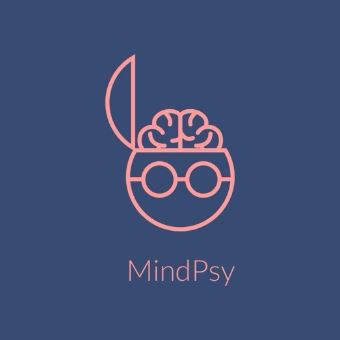
Over 1 million young people aged between 13-19 in the UK experience mental health issues, yet in 2022, only 34% could access NHS support.
MindPsy, a UK-based digital therapeutic SME, is dedicated to supporting this age group. The app passively analyses smartphone data to predict mental health decline and provides timely, engaging interventions through AI/AR mental health avatars trained in compassion-focused therapy. In addition to improving young people's access to mental health services and boosting academic performance, MindPsy also has the potential to significantly reduce NHS costs.
FREEDOM XR - XR application for adults with ADHD

Over the past five years, there has been a significant increase in referrals for adult ADHD assessments, leading to long waiting lists (up to 10 years in some parts of the UK). To address this, Freddom XR, a new digital treatment, is being developed to support patients as soon as they are referred by their GP.
The treatment aims to:
- Improve executive function
- Increase focus
- Reduce impulsivity through immersive digital treatments.
Building on existing research on gamified treatments, this innovative solution is designed to deliver positive changes in patients' everyday lives. It can also be used alongside traditional treatments for those already diagnosed with ADHD.

Functional Neurological Disorder (FND) affects over 100,000 people in the UK, leading to neurological symptoms influenced by psychological factors such as stress and past trauma. Current treatments, like cognitive behavioural therapy (CBT), have limited success. THRIVE-FND is a pioneering immersive hypnotherapy programme designed specifically for FND patients.
By combining virtual reality (VR) with hypnotherapy, it addresses the anxiety and depression often associated with FND. The programme creates a highly immersive environment, integrating audio-visual, haptic, and olfactory stimuli to relax and hypnotise patients. Providing more effective and consistent treatment. Initially deployed under supervision, the long-term goal is to enable independent use at home. THRIVE-FND has the potential to transform FND treatment and could save the NHS £20 million over five years.
Dragons of Afterlands: Implementing an AR-social board game that improves wellbeing into education and healthcare settings
Adolescent mental health is a growing societal issue. While CAMHS traditionally supports young people with mental health challenges, increasing pressures on these services have shifted much of the responsibility to schools. With new government and Ofsted requirements, schools are now expected to demonstrate how they support the mental health and well-being of students.
In response, Play Well For Life Ltd. developed Dragons of Afterlands which builds on the success of their previous Mindset XR Strand 1 initiative. This augmented reality (AR) board game is a scientifically-backed psychological intervention for adolescents, co-produced by young people, teachers, and clinical psychologists. As schools take on a more prominent role in supporting youth, Dragons of Afterlands provides an engaging, evidence-based well-being intervention, helping improve mental health in a school setting.
VR Photoscan is a virtual reality tool designed to enhance PTSD therapy by creating personalised, immersive environments tailored to patients’ trauma experiences. Its goal is to improve the effectiveness of exposure-based therapy by enabling patients to confront their trauma in realistic, controlled VR settings.
The tool supports trauma therapy by offering an affordable, efficient way to create bespoke VR environments for each patient, enhancing the relevance and impact of treatment. Targeting patients with PTSD, especially in high-trauma regions like Northern Ireland (where 5.1% of the population suffers from PTSD), VR Photoscan has the potential to expand its application to other conditions such as OCD and social anxiety.
VR THERAPY + CLOSE LOOP VAGUS STIMULATION

DR.VR is a Class 1 medical device developed by Rescape to alleviate pain and anxiety in patients during medical procedures. The system includes a VR headset, tablet, and router, allowing clinicians to control and monitor what the patient experiences.
By immersing patients in calming virtual environments, DR.VR helps reduce the need for pain medication and general anaesthesia, shortening procedure times and lowering hospital costs. DR.VR is deployed in over 80 NHS locations and supports a holistic, biopsychosocial approach to chronic pain management.
SamphireXR: Digital therapeutics for perimenopausal insomnia and anxiety
In the UK workforce, over 13 million women are peri-menopausal, with 900,000 leaving the workforce annually due to menopausal health complaints. SamphireXR is a digital therapeutic solution specifically designed to address the mental health challenges faced by peri-menopausal women, an underserved group. By offering accessible, home-based care, SamphireXR alleviates the burden on conventional mental health systems and promotes more inclusive healthcare for women.

Mental health issues significantly impact individuals and the UK economy, costing over £118 billion annually. Despite 1 in 4 people experiencing a mental health problem each year, only 1 in 8 receive treatment. Soul Garden is a digital video game designed to improve mental health by leveraging the popularity of gaming to reach a younger demographic. It combines an engaging narrative, puzzle gameplay, high-fidelity visuals, and evidence-based therapeutic techniques. By offering an immersive, low-stigma, and accessible experience, Soul Garden aims to enhance the mental well-being of its players.
SyncVR Medical UK LTD (syncvr.tech) is on a mission to improve healthcare with VR/AR (XR). We are the largest XR Platform for European/UK healthcare, providing XR solutions to over 200 healthcare institutions in NL, DE, DK, SW, BE, UK and FR. Next to numerous patients and healthcare staff benefiting from applications on the SyncVR Platform, >40 third-party developing companies supply their XR healthcare app through our Platform. Before 2026, we aim to be the dominant XR Platform in the top 5 European healthcare markets.
In the UK, it is estimated that over 1.25 million people suffer from eating disorders (ED) such as anorexia, bulimia, and binge eating. Left untreated, EDs can lead to severe malnutrition, family and relationship dysfunction, and, at worst, death. SyncVR Medical UK Ltd is a market leader in providing extended reality (XR) solutions in healthcare, including virtual reality (VR) and augmented reality (AR).
In collaboration with South London & Maudsley NHS Trust (SLaM), SyncVR Medical UK LTD is developing the Oasis project, which will be the world's first artificial intelligence-based virtual reality application to support medium- and high-risk ED sufferers waiting for treatment. Oasis incorporates FREED methods, mindfulness, and dialectical behaviour therapy (DBT) to provide patients with coping and mood management skills, offering a rapid, cost-effective, and scalable solution.
Tend VR has developed a world-first VR adaptation of Mindfulness Based Cognitive Therapy, a NICE approved treatment for depression. Tend together with University College London, have conducted three feasibility studies to date with a total of 95 participants showing large, clinically reliable reductions in both depression and anxiety. Tend have now partnered with Mind to roll out Tend VR-MBCT at eight locations across the UK for a fourth large scale study and a NHS real world evaluation, conducted by Health Innovation East. Tend VR-MBCT is also to be delivered to patients in two large scale NHS pilots in early 2025.
New VR application to support people that self-harm
XR Therapeutics are looking to forever change the way the mental healthcare industry approaches mental health conditions. Utilising custom-built digital environments, empowering therapists to engage directly with clients within the scenarios that can impact them, fostering targeted intervention and personalised care like never before.
Our software provides a visual aid for the client when undergoing mental health treatment. It combines elements of clinically evaluated talking therapies with immersive and visual content that can be streamed on a variety of hardware solutions. It is a tool for therapists that makes their treatment more effective and efficient.
XR Therapeutics is currently working with NHS trusts to treat patients on waiting lists who may not have been successful with conventional talking therapies in the past. The product has been designed with accessibility and neurodiversity in mind, providing a comfortable, convenient, and controlled intervention for patients.
The purpose of this project is to create a new VR application to support people that self-harm, it will focus on providing preventative care and psychoeducation skills and techniques to ensure people can develop healthier ways to deal with their negative emotions.
Sign up to our newsletter to learn more about the Mindset Programme and get the latest updates.
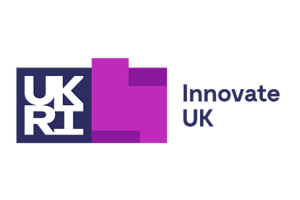
Find support for your innovation
Get in touch with our Mindset-XR team to find out how we can help you make an impact.
Email us





